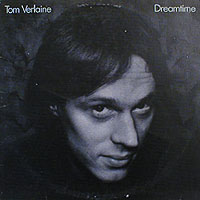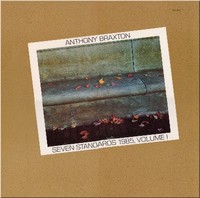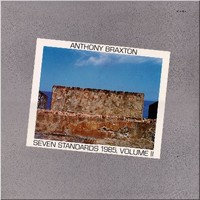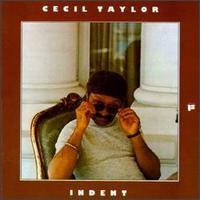FLEETWOOD MAC Tusk
 Warner Bros. 2HS 3350 (1979)
Warner Bros. 2HS 3350 (1979)Let's say you're a member of a band who just released the biggest-selling album of all time. What do you do for a follow-up? If you're Fleetwood Mac, you put out Tusk, a moody, wandering double album with little of the immediate commercial appeal of its predecessor (Rumours). Oh yeah, and make sure that the first single you release to radio is the strangest sounding track on the album.
I remember hearing the song "Tusk" on the radio soon after the release of this album and being both intrigued and impressed that a band that was on top of the world at the time would so willingly risk commercial suicide by putting out a muffled-sounding live recording featuring a marching band as the lead single from their hotly anticipated new album. I later learned that the madman behind the method was Lindsey Buckingham, the singer-songwriter responsible for the stranger songs on this album ("The Ledge", "Not That Funny"). In it's own nose-thumbing way, it's possible that Fleetwood Mac's "Tusk" may have been my first taste of "alternative" music.
Not every song on the album flaunts commercial convention so wildly; Stevie Nicks' songs sound like they would fit comfortably on Rumours ("Sara", "Angel"), as do Christine McVie's ("Over & Over", "Never Forget"), yet even these songs have a dreamier, airier quality than the tightly focused writing of that album. Perhaps they are meant to counter the angry bite of most of Buckingham's songs like "What Makes You Think You're the One?" with its barrelhouse piano and rage-filled vocal, or the muffled yelps of the title track. Either way, the album is Buckingham's show.
Tusk went on to sell about 2 million copies at the time and was considered a flop compared to Rumours' sales of 15+ million, but time has been kind to the album, and it's generally considered to be one of the group's stronger and most influential efforts (in 1986, Camper Van Beethoven recorded their own song-for-song cover of the album) and has developed something of a cult following. If Tusk was an attempt at commercial suicide, then it would appear that the experiment ultimately proved a failure.











